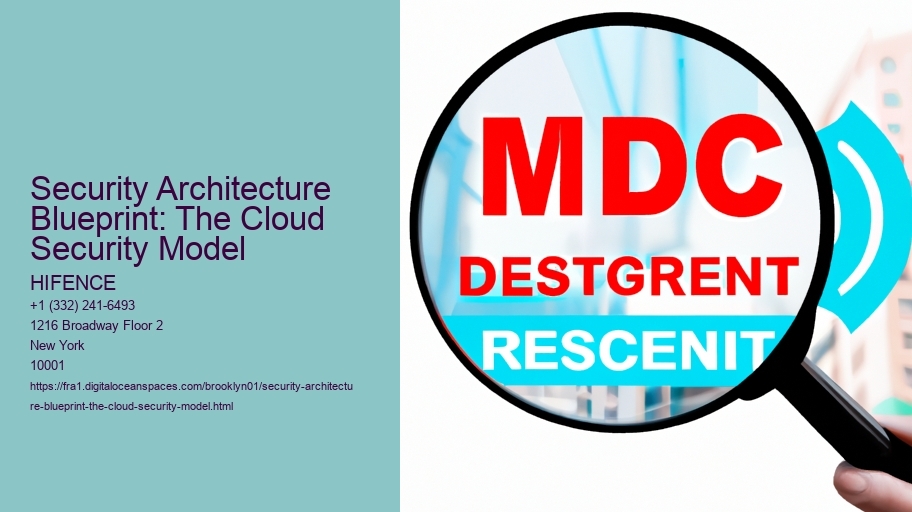
The Cloud Security Model: More Than Just a Diagram (Or, How to Keep Your Data Safe Up There!)
Okay, so youve heard about the "Security Architecture Blueprint: The Cloud Security Model." Security Architecture Blueprint: The Future of Security . It sounds incredibly technical, doesnt it? Dont be intimidated! It isnt just some abstract drawing only understood by tech wizards. Essentially, its a roadmap for ensuring your data and applications are protected when you move them to the cloud.
The core idea revolves around a shared responsibility model. Its not as if you just dump everything onto a cloud provider (like Amazon Web Services, Microsoft Azure, or Google Cloud Platform) and wash your hands of security. Nah, it doesnt work that way. The provider takes care of the security of the cloud; that's their infrastructure, their physical servers, their networking. Theyre responsible for keeping that safe.

But you, the customer, are responsible for security in the cloud. This includes protecting your data, managing access controls, configuring your applications securely, and implementing your own security policies. Its all about understanding where the providers responsibility ends and yours begins. Failing to do so? Well, thats a recipe for disaster, isnt it?
This model usually breaks down into different layers. For instance, Infrastructure as a Service (IaaS) gives you the most control, meaning youre responsible for almost everything, including the operating systems and network configurations. Platform as a Service (PaaS) shifts some of that burden to the provider, who handles some of the infrastructure management. And Software as a Service (SaaS), like using a web-based email service, sees the provider handle nearly all security aspects, though you still need to manage user accounts and access. Its about picking the right cloud service model for your needs and understanding the implications.

So, what does this all mean in practice? It means carefully reviewing your cloud providers security documentation. It means implementing strong authentication and authorization mechanisms.
The Cloud Security Model isn't a static thing, either. Security threats are always evolving, and cloud technologies are constantly being updated. Therefore, your security architecture needs to be agile and adaptable. You must continually reassess your risks and adjust your security controls accordingly.
Ultimately, a well-defined cloud security model is crucial for any organization leveraging cloud services. It ensures that everyone understands their responsibilities and that appropriate security measures are in place to protect valuable data and applications. Its not merely a nice-to-have; its a necessity. And hey, who doesn't want to sleep soundly knowing their data is safe?